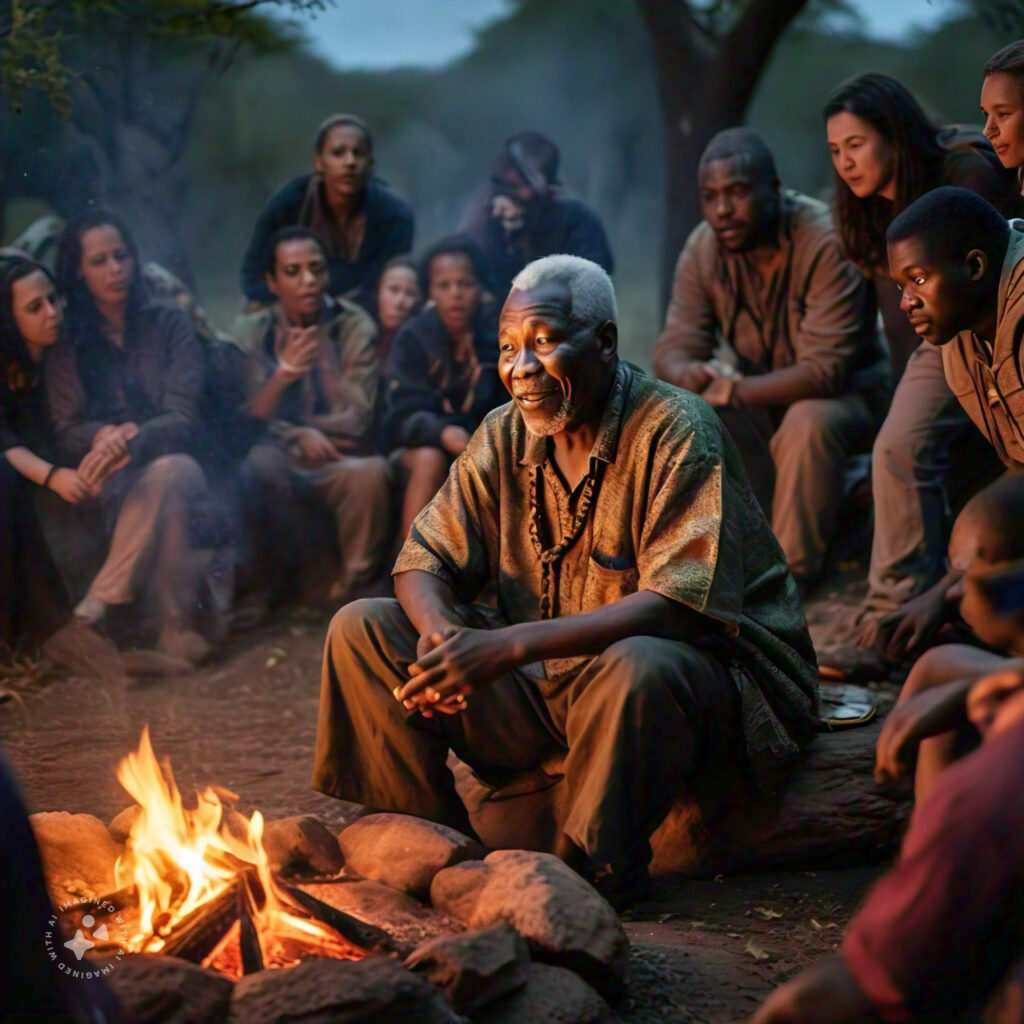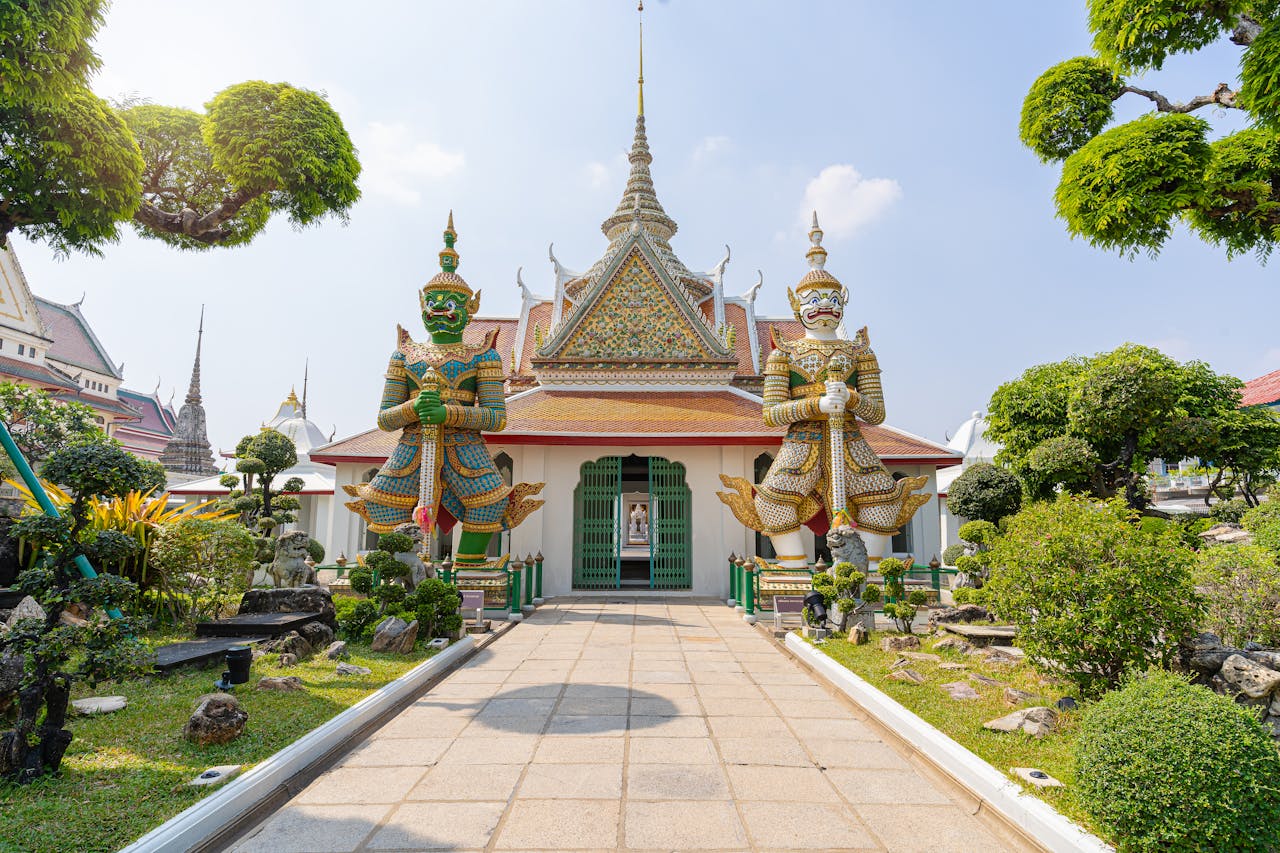Engaging Introductions: Capturing Your Audience’s Interest
Oral tradition has been one of the most significant vehicles for the transmission of stories, cultural values, and collective knowledge throughout human history. Before the advent of written language, communities relied on verbal storytelling to pass down wisdom, morals, history, and cultural identity. Legends, as a particular form of storytelling, owe much of their origin and development to oral tradition. This article explores the role of oral tradition in shaping, preserving, and evolving legends across generations
The Foundation of Legends in Oral Tradition
At its core, oral tradition serves as the framework for communal storytelling. Legends, which often incorporate elements of truth, history, and mythology, are passed from one generation to the next, allowing them to evolve and adapt with time. Oral tradition fosters the creation of legends by providing a platform where storytellers can infuse narratives with local customs, experiences, and collective beliefs.
Unlike written records, oral narratives are fluid and flexible. This allows for reinterpretation and embellishment, often influenced by the teller’s personal experience, memory, and audience reaction. As a result, a single legend can have multiple versions, each reflecting the cultural or historical context of the community that told it.
The Flexibility of Oral Legends

One of the strengths of oral tradition is its adaptability. Legends are often shaped and reshaped depending on the needs and circumstances of the community. For example, an ancient legend about a hero may evolve to suit contemporary values, where certain character traits are emphasized or downplayed based on what is socially or morally important in the present.
This fluidity also means that legends can absorb new cultural influences, making them dynamic and reflective of changing times. Consider how medieval European folklore about dragons transformed over centuries, where the creatures’ representation shifted from being symbols of chaos and evil to, in some modern interpretations, symbols of ancient wisdom or misunderstood beings.
Collective Memory and Cultural Identity
Legends encapsulate the values and beliefs of a community, providing insights into what a particular society cherishes or fears. Oral tradition plays a crucial role in the development of legends by acting as a communal memory. Each retelling of a legend reinforces the identity and shared experiences of the group. The flexibility of oral traditions allows the community to adjust these stories as their values shift, but the core message often remains intact, maintaining the story’s relevance.
For example, legends of heroes or revered figures often serve to inspire bravery, justice, or community cohesion. By sharing these legends, communities instill a sense of collective identity and pride, giving them a sense of belonging and continuity.
Transmission Across Generations
Oral tradition ensures the continuity of legends by passing them from one generation to the next. Elders, storytellers, and parents share these stories with younger members of the community, keeping the legends alive and preserving the culture. This act of transmission is not simply about repeating words but also about imparting the meaning, emotion, and context behind the stories.
Moreover, the transmission process often involves performative elements such as music, dance, and gestures. These artistic additions help make the legend more memorable and entertaining, ensuring that listeners remain engaged and that the story is easier to pass on.
Shaping the Structure of Legends

The oral tradition influences the structure of legends. Because stories are passed down verbally, they tend to be organized in a way that aids memory retention. Repetition of phrases, rhyme schemes, and the use of stock characters or patterns (such as the archetype of the hero’s journey) are common in oral storytelling, helping storytellers recall the narrative and ensuring consistency in the retelling.
Legends also tend to evolve toward more concise and impactful narratives. Details may be forgotten or modified over time, but the core of the legend—the central lesson or moral—remains strong. Oral tradition encourages this process of distillation, where only the most important parts of the legend are retained and transmitted
Legends as Moral and Ethical Lessons
Oral legends often function as moral or cautionary tales, teaching listeners about the consequences of certain actions. Oral tradition allows these stories to be adapted over time to address contemporary moral and ethical issues. For instance, ancient legends of sea monsters that warned sailors of the dangers of the deep can evolve into modern cautionary tales about respecting nature or understanding the mysteries of the ocean.
In many cultures, legends serve as ethical frameworks, warning of the dangers of greed, dishonesty, or hubris. Through oral tradition, communities pass down these moral stories, ensuring that new generations internalize the lessons and values embedded within them.
Evolution Through Collective Contribution
Oral tradition also democratizes the development of legends. Since stories are told and retold by different people, every storyteller contributes to the evolution of the legend. This collective authorship allows for a diversity of perspectives, enriching the legend with new layers of meaning and complexity.
For example, the legend of King Arthur has countless variations across different regions and eras. As it was passed down orally, storytellers from different backgrounds contributed new elements, transforming the legend into a rich tapestry of chivalric values, historical myths, and fantasy.
Conclusion
Oral tradition is fundamental to the development and preservation of legends. By allowing stories to evolve and adapt, it keeps legends alive and relevant in changing cultural contexts. Through oral transmission, legends serve not only as entertainment but also as important tools for teaching, moral guidance, and maintaining cultural identity. As long as communities continue to share their stories, oral tradition will remain a powerful force in shaping the legends that define them.


